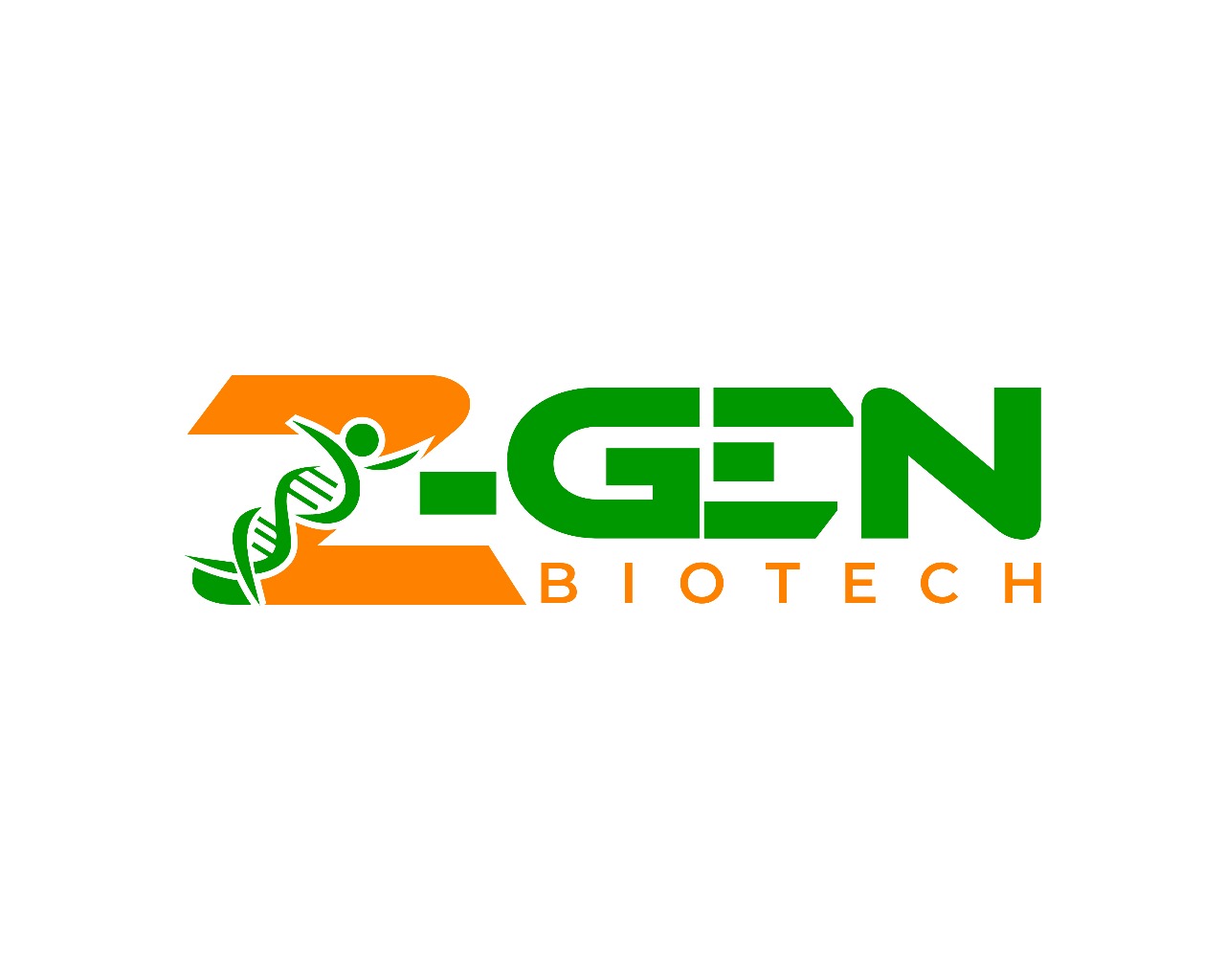ELISA Kit (Boster Bio+R&D System+Bio-techne)
ELISA Kit
An ELISA kit (Enzyme-Linked Immunosorbent Assay kit) is used to find and measure things like proteins, antibodies, and hormones. It is helpful in research, medical tests, and making medicines. ELISA kits work by using a special reaction between antigens and antibodies to give correct results.
- ELISA Kit(Click Here to Get Product from Boster Bio, USA)
- ELISA Kit(Click Here to Get Product from R&D System & Bio-techne,USA)
Main Parts of an ELISA Kit
1. Microplate
- A plate with 96 small wells where the test happens.
- Wells have special substances that help catch the target.
2. Antibodies
- Capture Antibody: Grabs the target substance.
- Detection Antibody: Sticks to the captured substance and has an enzyme attached.
3. Enzyme Conjugate
- Helps create a reaction.
- Common enzymes used:
- Horseradish Peroxidase (HRP)
- Alkaline Phosphatase (AP)
4. Substrate
- Reacts with the enzyme to make a color or light signal.
5. Standards and Controls
- Standards: Have known amounts of the target to compare results.
- Controls: Make sure the test is working correctly.
6. Buffers and Wash Solutions
- Help clean and prepare the wells for the next steps.
Types of ELISA
1. Direct ELISA
- The target sticks directly to the plate.
- A labeled antibody binds to it to show the result.
2. Indirect ELISA
- The target sticks to the plate.
- A first antibody binds to it.
- A second labeled antibody binds to the first one to show the result.
3. Sandwich ELISA
- A capture antibody sticks to the plate and grabs the target.
- A second antibody binds to the target to show the result.
4. Competitive ELISA
- The target and a labeled version of the target compete to bind to a limited number of spots.
Uses of ELISA Kits
1. Medical Tests
- Finding diseases like HIV and COVID-19.
2. Food Safety
- Checking for harmful substances in food.
3. Medicine Research
- Measuring important substances in drug tests.
4. Animal Health
- Checking for diseases in animals.
ELISA kits are very useful and easy to use in many fields. If you need help choosing the right one, let me know!

